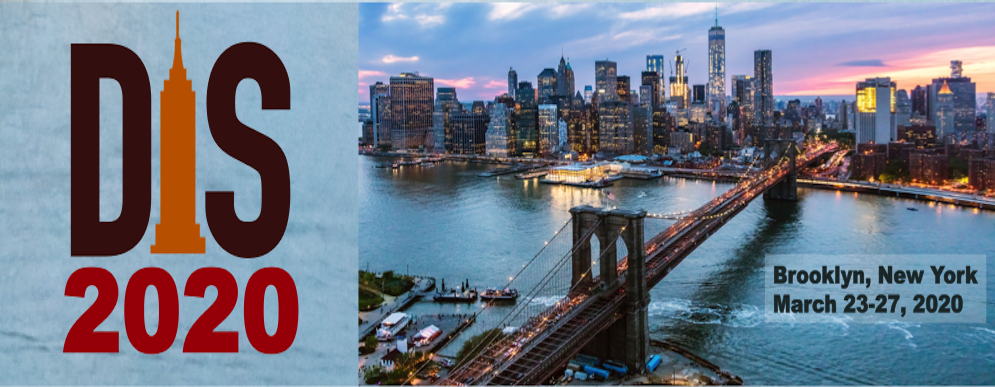Speaker
Description
A study of events where the two leading jets are separated by a large pseudorapidity interval void of particle activity, known as jet-gap-jet events, is presented. The jets have transverse momentum pT, jet > 40 GeV and pseudorapidity 1.4 < | ηjet | < 4.7, and opposite-signed pseudorapidities ηjet1 · ηjet2 < 0. The analysis is based on an inclusive dijet data sample collected by the CMS experiment in pp collisions during the low-luminosity run in 2015 at sqrt(s) = 13 TeV with an integrated luminosity of 0.66 pb−1 . The multiplicity of charged-particles with transverse momentum pT > 200 MeV in the fixed pseudorapidity interval |η| < 1 between the jets is used to define the central gap. The fraction of jet-gap-jet events, fCSE, is presented as a function of the pseudorapidity difference between the leading two jets, the transverse momentum of the subleading jet, and the azimuthal angle separation between the leading two jets. The results are compared to previous measurements by the D0, CDF, and CMS Collaborations and to perturbative quantum chromodynamics predictions based on the Balitsky-Fadin-Kuraev-Lipatov framework. The study also presents the first experimental observation of jet-gap-jet events with a leading proton, which yields the proton-gap-jet-gap-jet topology, using a subsample of events collected by the CMS and TOTEM experiments with an integrated luminosity of 0.4 pb-1. The leading protons are detected with the roman pot detectors of the TOTEM experiment. The ratio fCSE is found to be 2–4 times larger when a leading proton is included.

